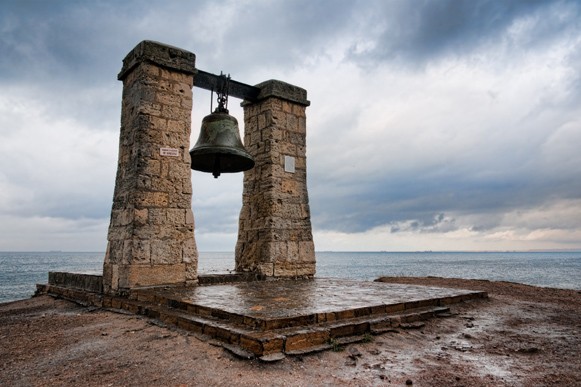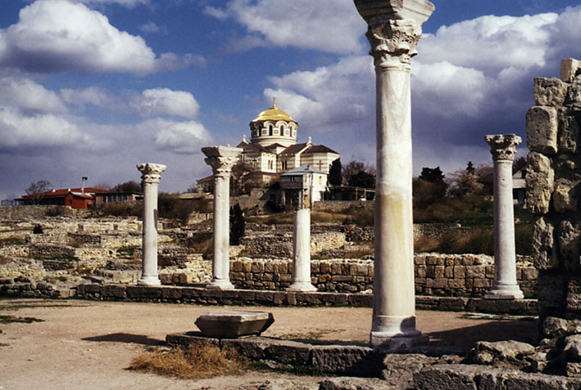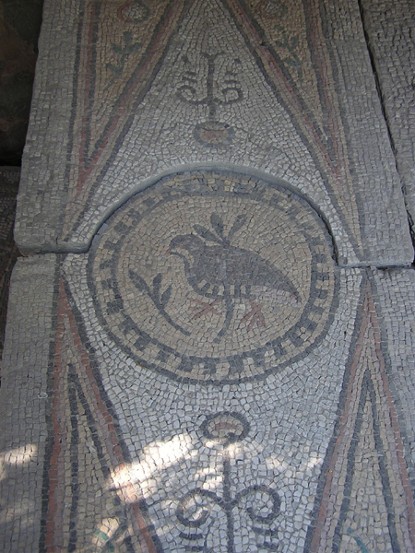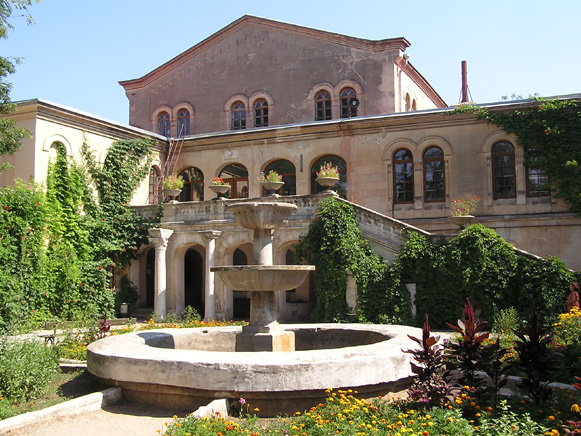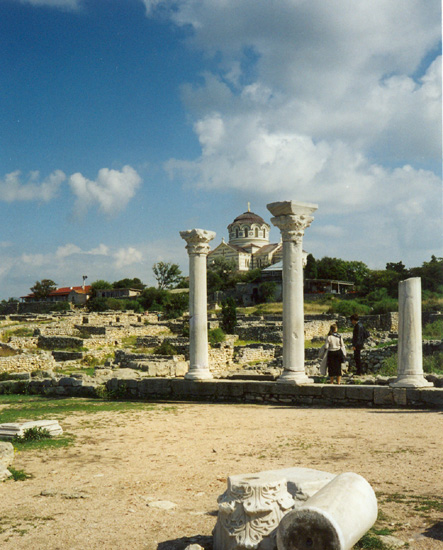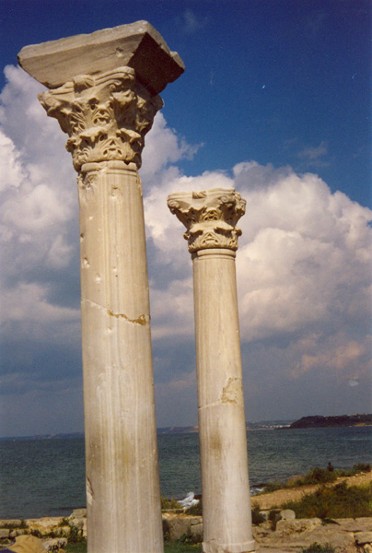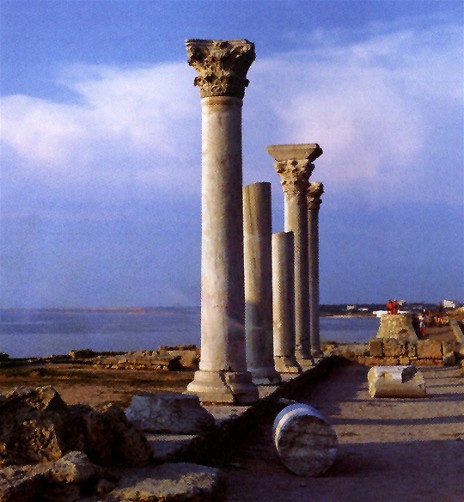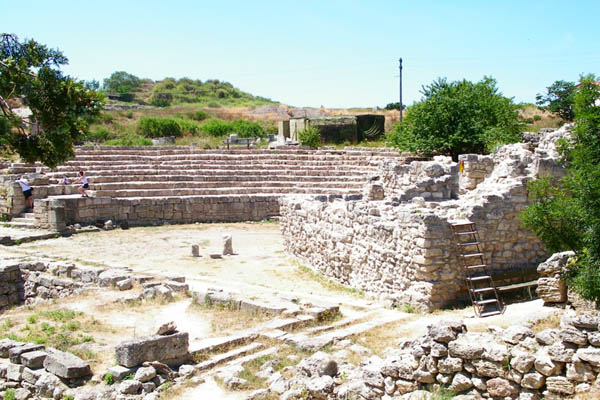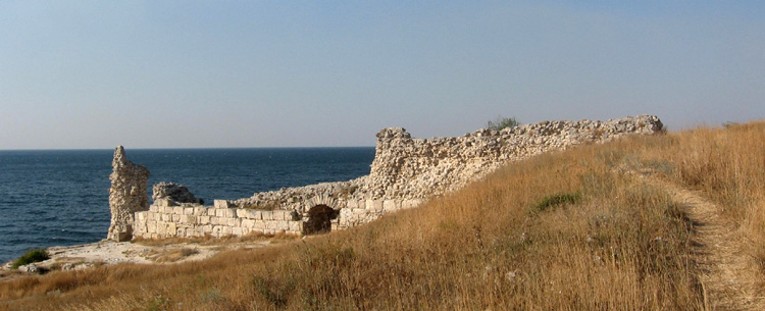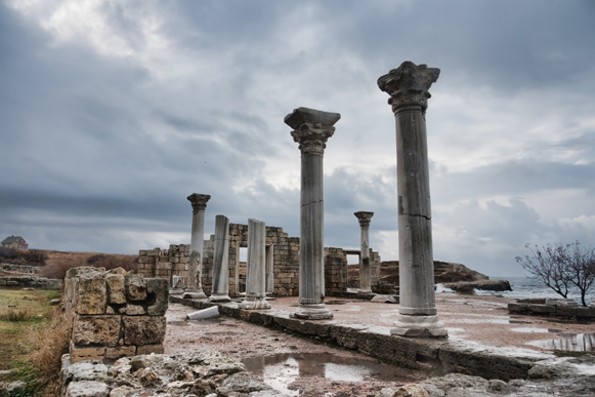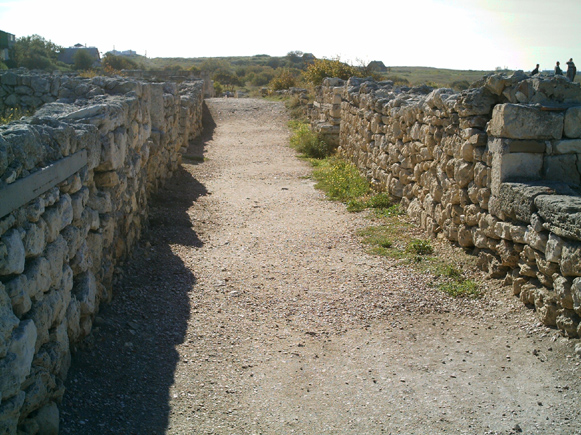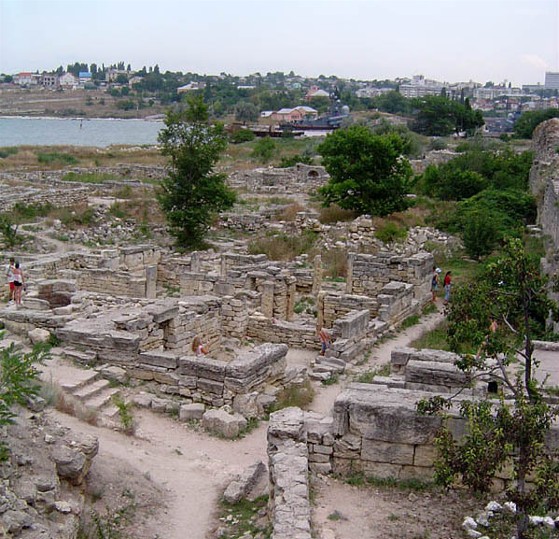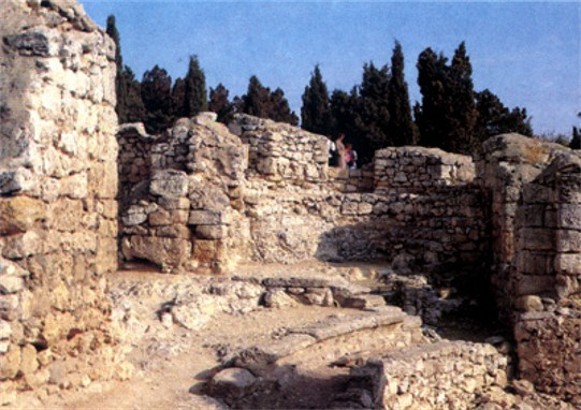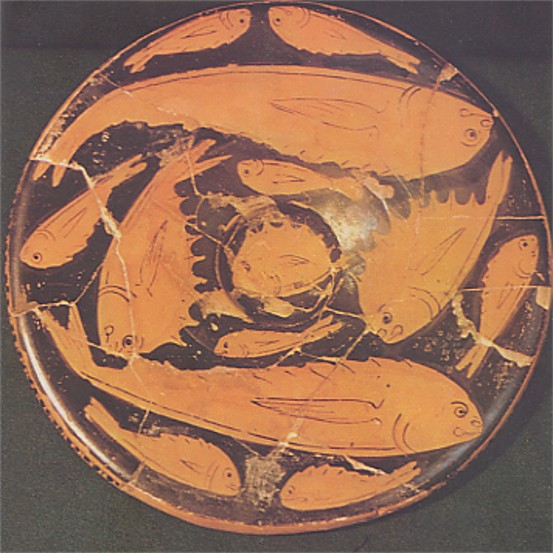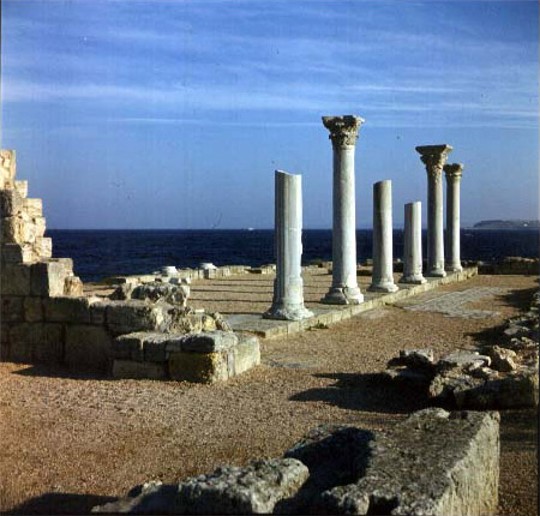Khersones Tavriiskyi National Preserve
Khersones Tavriiskyi National Preserve (Національний заповідник «Херсонес Таврійський»; Natsionalnyi zapovidnyk “Khersones Tavriiskyi”). Called originally a ‘depository of local antiquities,’ the museum was established in 1892 near Sevastopol at a former monastery to house the archeological artifacts discovered during the excavation of the old Greek city of Chersonese Taurica (see Ancient states on the northern Black Sea coast). In 1978 the museum was renamed the Khersones Historical-Archeological Museum, and in 1994 it assumed its current name. The museum contains about 200,000 items from the 5th century BC to the 15th century AD and displays about 5,000 of these as well as an epigraphic and numismatic collection, multicolored ceiling frescoes (4th–3rd century BC), mosaics, ceramics, and remnants of the city's architectural features. The total area of the preserve is over 500 ha. The museum published research news in Khersonesskii sbornik (1926–59) and since 1961 has published Soobshcheniia Khersonesskogo muzeia. The Saint Volodymyr Church (1861) is also located on the territory of the preserve.
[This article was updated in 2010.]
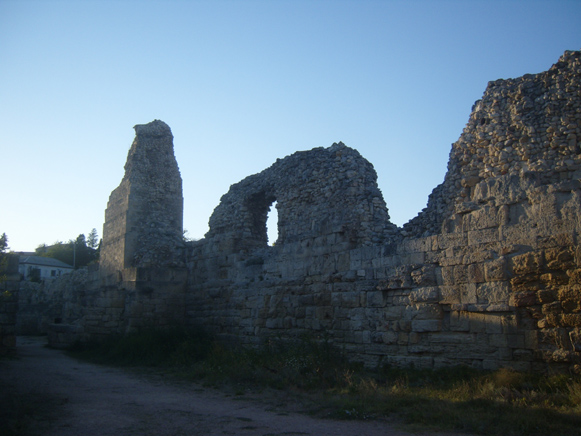
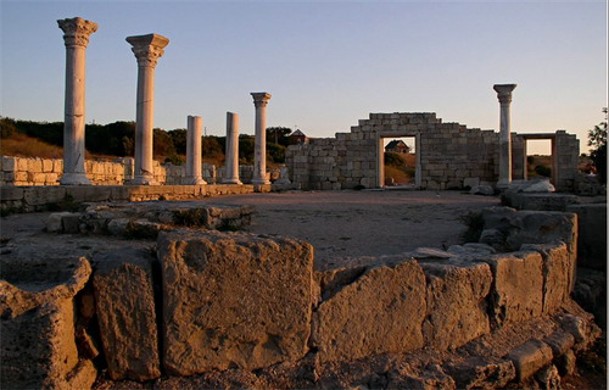
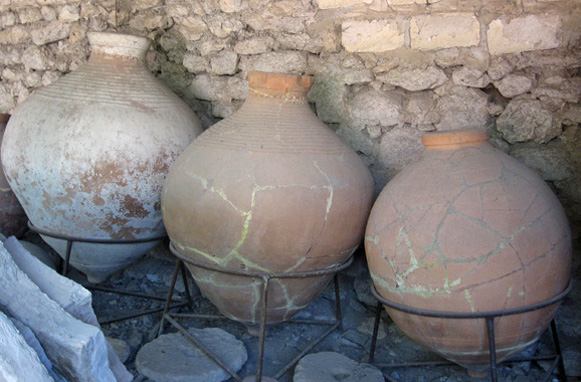
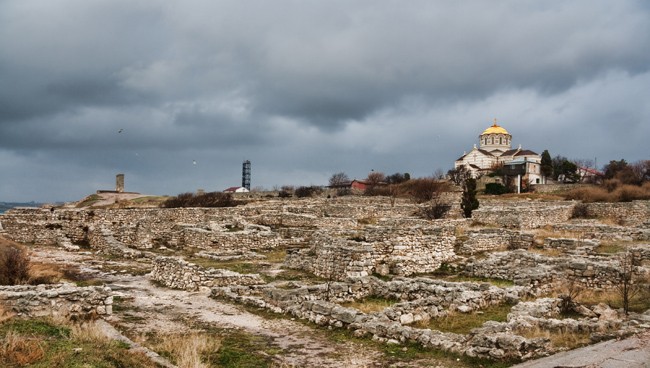
.jpg)
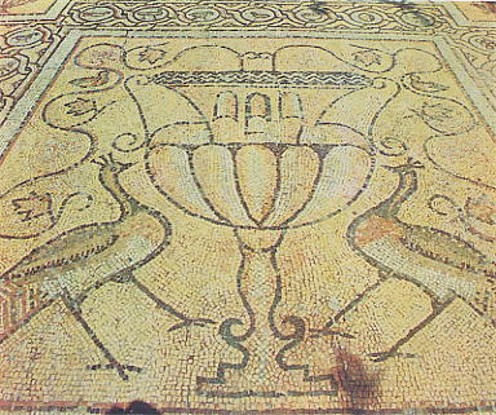
.jpg)
